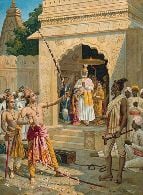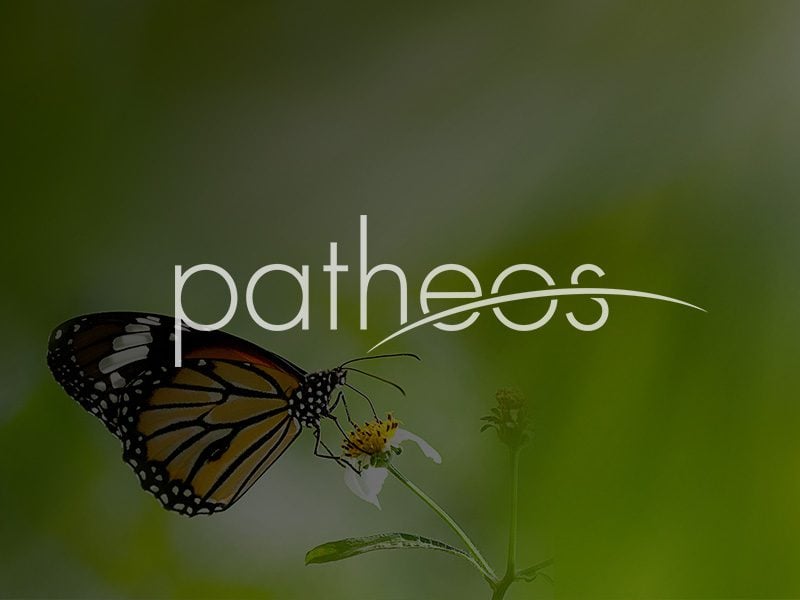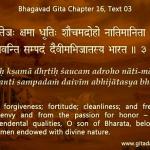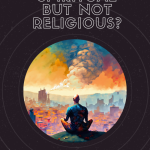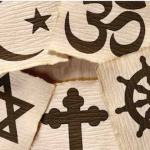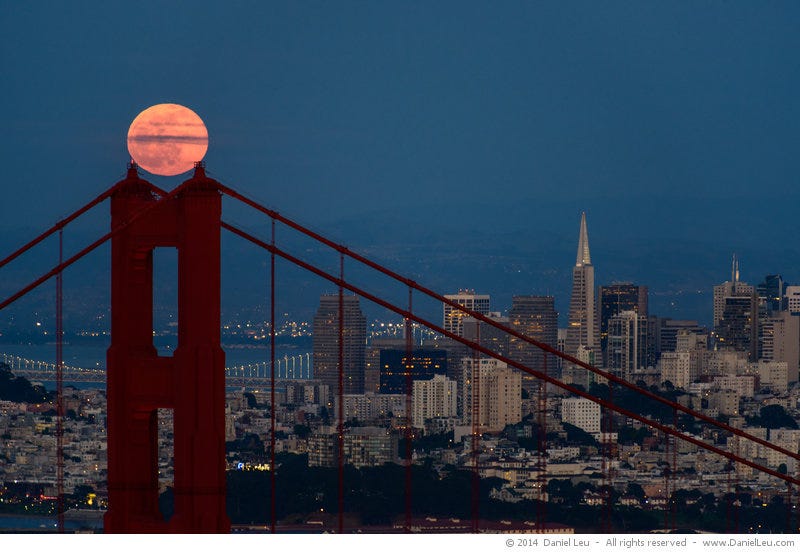
In 2016, November 14 is Gurpurab, the full-moon night celebrating the enlightenment of Guru Nanak Dev ji, the first Sikh Guru. It is also a Supermoon, the largest the moon will appear in a generation because it’s closest to the Earth today.
My private diaries are filled with doodles on the self, wholeness, and infinity, and today seems the appropriate to get some out; a whole-some part.
The Full Moon and Yoga. Of the heavenly bodies that light up our skies, the Sun is harsh to look at except at dusk and dawn, but the full Moon comes only once a month, and we can stare at it all night long. The moon’s attraction causes tides in the oceans, and in the affairs of men, to paraphrase Shakespeare. There against the dark sky, the bright beautiful moon calls out to poets, lovers and astronomers alike. In the Yoga system, the Sun and the Moon represent the two channels, the Pingala and the Ida nadis. Even gift-store-chakra charts have the two nadis snaking around the spinal column. The full moon has much deeper significance for the yogi than for the lover. Enlightenment is associated with the Full Moon in many traditions, and many Taoist and Buddhist teachings also use the full moon as a teaching aid. When the Buddha points his finger at the Moon, he is asking you to look at the Moon, and not his finger. The teaching is not the message, but the experience itself is the message. Don’t memorize his words, but follow his words to the experience of Enlightenment. The Moon means much.
Celebrating the Whole Whole-ness is celebrated in an early Upanishad in the yoga tradition. The first verse of the Isha-Upanishad is a concise definition of infinity, wholeness and the essence of our being.
ॐ पूर्णमदः पूर्णमिदं पूर्णात्पुर्णमुदच्यते
पूर्णस्य पूर्णमादाय पूर्णमेवावशिष्यते ॥
ॐ शान्तिः शान्तिः शान्तिः ॥
Om Puurnnam-Adah Puurnnam-Idam Puurnnaat-Purnnam-Udacyate
Puurnnasya Puurnnam-Aadaaya Puurnnam-Eva-Avashissyate ||
Om Shaantih Shaantih Shaantih ||
Om. That is full; this is full.This fullness has been projected from that fullness. When this fullness merges in that fullness, all that remains is fullness. Om. Peace! Peace! Peace!
There’s never half a hole. The 2016 Nobel prize for Physics was given to British scientists whose work was around unusual states of matter. According to Reuters, their research centers on topology, a branch of mathematics involving step-wise changes like making a series of holes in an object. The difficult-to-grasp concept was illustrated by Nobel Committee member Thors Hans Hansson at a news conference using a cinnamon bun, a bagel and a Swedish style of pretzel with two holes.
“If you are a topolgist, it’s only one thing that is really interesting with these things,” Hansson said. “The bagel has one hole, the pretzel has two holes … you cannot have half a hole, or 2–2/3 holes.”
When I saw the video of this news conference, I was struck by how similar this sentiment is to the verse from the Isha Upanishad.
You cannot have half-a-hole.
You can only have a whole-hole. You take a bagel with a single hole, and fold it into itself to get a pretzel, and you have two holes. The new hole is also whole. You can continue to fold and make as many holes as you want, but they will always be complete in themselves.
From one whole, there can be made another. This is whole, that is whole.
When we fold the bagel into a pretzel, the bagel-hole still remains whole. When we take a whole out of a whole, the whole still remains.
When the pretzel is unfolded, the two holes merge into one, and the new hole is still whole. When the wholes merge, the whole still remains.
When we weren’t yet born, we weren’t there. When we were but a fetus in our mother’s womb, we were just a part of our mother. We were just not there, and our mother felt complete in her own identity, her own self. And her mother, she felt complete too, and so on going all the way back to the first Mother. This sense of complete-ness is inherited from a long chain of being.
When we die, the universe stays around, not feeling any more complete than when we are alive. What came from the Universe (or God, which is what people called “the Absolute” before religion became a retrograde term for some) has gone back into the Universe, and nothing changes in the whole-ness of the Universe because of this coming of going away of an individual hole.
So what is it to live, and to feel like a full self? Our conscious mind creates our experience and we feel that we are complete. When I look out from my eyes, I don’t think “I somehow miss having X-ray vision”. When I feel things with my hand, I’m not thinking “I miss not having the ability to pass my hands through matter like a hot knife passes through butter”. We just don’t miss not being us. We feel our experience is complete, and we are a full self.
But still, deep inside, our sense of being a person is punctured by a sense of not being Whole. We know this feeling as a spiritual hunger, a yearning, or an unasked questioning that calls us. This sense of un-ease with our individual-ized identity drives us to madness, and we want to transcend this self and merge into the Universal Self.
This merging is the experience of Enlightenment, when we see the world outside and inside with the same eyes. When the distinction between “this” and “that” has disappeared, and when the distinction between “me” and “not me” has been dropped. That moment, we become Whole. That experience is what’s described in the Isha Upanishad, and by Guru Nanak Dev (in the Japji) and by every other seeker that has realized.
From many wholes, we return to the Whole. The Moon is Full again.
Om Shanti, Shanti, Shanti.






